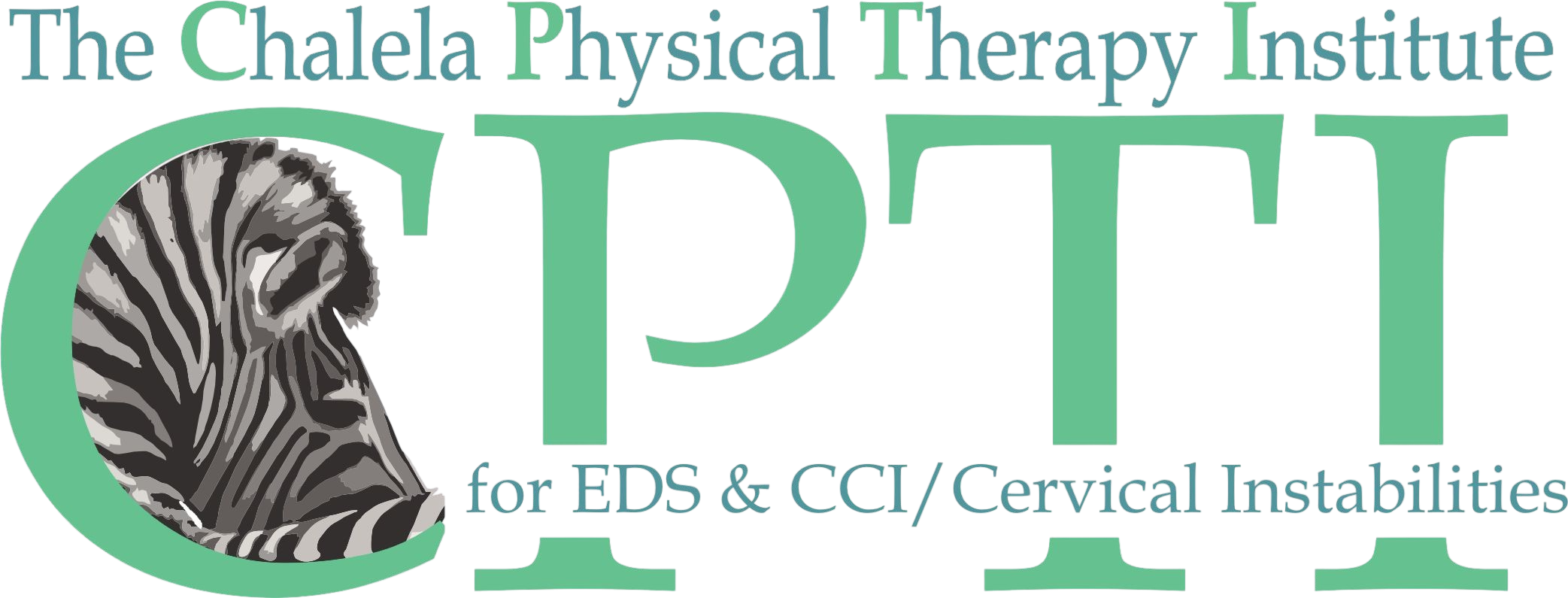Ehlers-Danlos Syndromes are a group of genetic connective tissue disorders that are generally characterized by overly flexible joints that can result in joint injury and dislocation. EDS can also affect any organ system in your body, along with your skin, joints, and blood vessels. More than just being bendy, EDS is a systemic condition that manifests in many ways…and differently for each person.
There are 13 different subtypes of EDS, most of which are diagnosed through genetic testing. The most common type of EDS is the hypermobile type, or hEDS, which is diagnosed through a clinical exam according to a set of criteria developed in 2017. As of now, the genetic basis is still unknown, but candidate genes have recently been identified for hEDS. Knowing the genes that cause hEDS will allow for simpler and quicker diagnoses in the future.
Because many of its subtypes are rare or very rare, EDS has been understood to be uncommon and has not been well-taught in medical schools. Recent research however has shown that hEDS can affect as many as 1 in 500 people, which would put the number of people with EDS in the United States at over a million! As Dr. Chip Norris of the Norris Lab says, EDS is the most common disease you have never heard of.
On average, it takes 14 years from the first time someone has symptoms until they are officially diagnosed with hEDS, and many patients are misdiagnosed and mis-treated for years prior to understanding the cause of their suffering. This delay in diagnosis is due to a lack of education for doctors about EDS combined with the nature of the symptoms of EDS. Because every part of our body contains connective tissues, EDS can manifest in symptoms from multiple organ systems, and patients often are sent from specialist to specialist for symptom management without anyone connecting the dots between the symptoms.
Complicating the diagnostic picture further, EDS is associated with multiple comorbid conditions including functional gastrointestinal disorders like Irritable Bowel Syndrome and Gastroparesis, Mast Cell Activation Syndrome (MCAS), and Postural Orthostatic Tachycardia Syndrome (POTS), as well as other forms of dysautonomia. These comorbid conditions can be as disabling, sometimes more so than the symptoms of EDS. Research is still needed to understand how these conditions interact with one another and whether there is a common cause for them.
There is currently no cure for EDS, and treatment focuses on symptom management through physical therapy, bracing, medication, lifestyle changes, and surgery when necessary.
